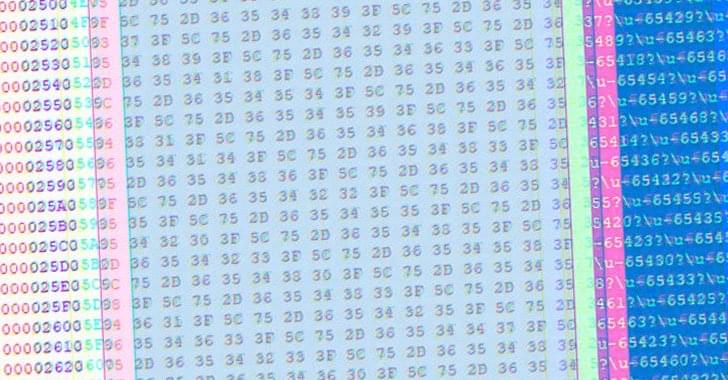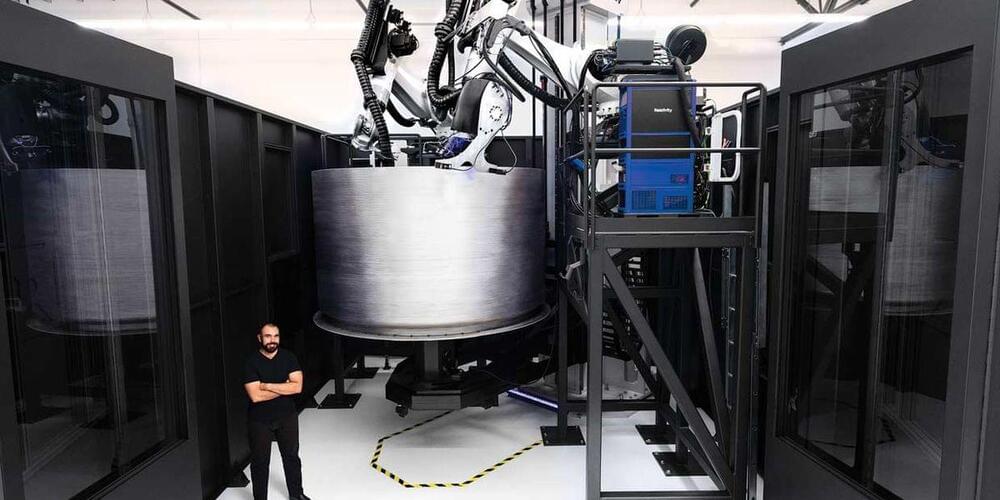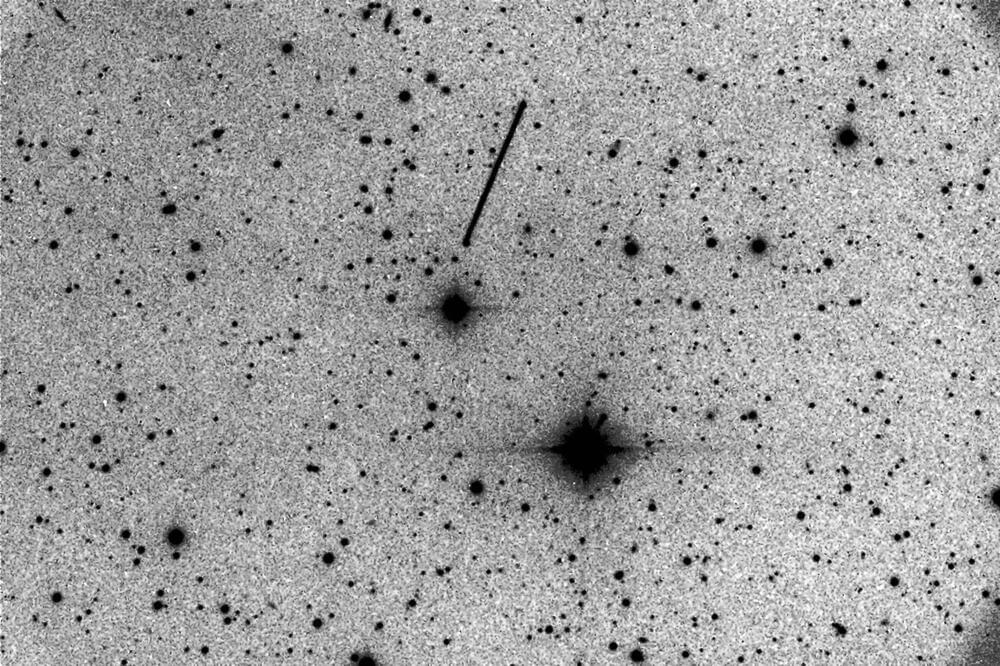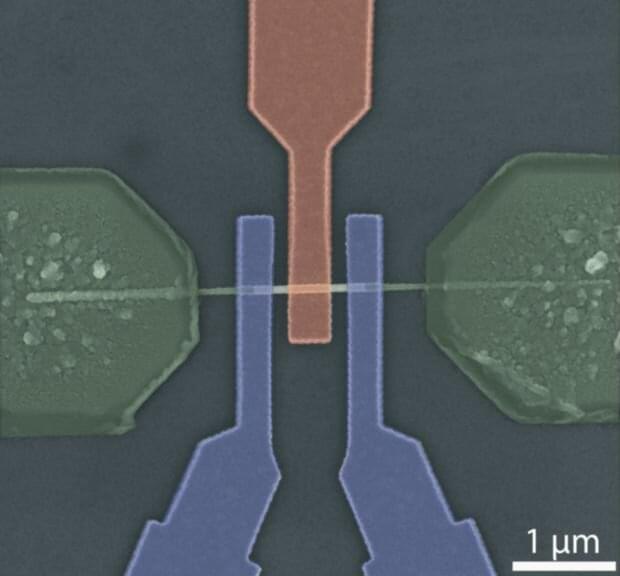Hackers have been increasingly using RTF Template Injection method in widespread phishing attacks.
22-year-old hacker, sixth member of an international hacking group called “The Community,” has been jailed for stealing millions in cryptocurrency.
The lower-end Snapdragon 7c+ Gen 3 offers a more modest 60% jump in multi-core CPU performance, and 30% in single-core workloads. The GPU gets a meaningful 70% boost as well.
Qualcomm says the 8cx Gen 3 is manufactured on the 5nm process node, which suggests that it uses Arm’s Cortex-X1 cores or a modified Kryo 680 design — not the newer Arm Cortex-X2. In that respect, it seems similar to the Snapdragon 888, its previous flagship mobile SoCs. Still, the decision to move away from 7nm should mean better performance per watt. But just how powerful is this new high-end chip?
In terms of CPU performance, last year’s Snapdragon 8cx Gen 2 went toe-to-toe with ultrabook-class chips such as the low-power, 15W variant of the Intel i5 processor. That was a fairly decent showing from Qualcomm, especially considering that the Snapdragon chip consumed half as much power at 7W.
For the first time, computer scientists and mathematicians have used artificial intelligence to help prove or suggest new mathematical theorems in the complex fields of knot theory and representation theory.
The astonishing results have been published today in the pre-eminent scientific journal, Nature.
Professor Geordie Williamson is Director of the University of Sydney Mathematical Research Institute and one of the world’s foremost mathematicians. As a co-author of the paper, he applied the power of Deep Mind’s AI processes to explore conjectures in his field of speciality, representation theory.
ISM001-055 demonstrated highly promising results in multiple preclinical studies including in vitro biological studies, pharmacokinetic and safety studies. The compound significantly improved myofibroblast activation which contributes to the development of fibrosis. ISM001-055’s novel target is potentially relevant to a broad range of fibrotic indications.
“We are very pleased to see Insilico Medicine’s first antifibrotic drug candidate entering into the clinic,” said Feng Ren 0, PhD, CSO of Insilico Medicine. “We believe this is a significant milestone in the history of AI-powered drug discovery because to our knowledge the drug candidate is the first ever AI-discovered novel molecule based on an AI-discovered novel target. We have leveraged our end-to-end AI-powered drug discovery platform, including the usage of generative biology and generative chemistry, to discover novel biological targets and generate novel molecules with drug-like properties. ISM001-055 is the first such compound to enter the clinic, and we expect more to come in the near future [1].”
Previously, Insilico Medicine demonstrated its ability to generate drug-like hit molecules using AI with the publication of the Generative Tensorial Reinforcement Learning (GENTRL) system for a well-known target in record time [2]. It also demonstrated the target’s proof of concept by applying deep learning techniques for the identification of novel biological targets. This novel antifibrotic program combined these target discovery and generative chemistry capabilities. Notably, Insilico Medicine completed the entire discovery process from target discovery to preclinical candidate nomination within 18 months on a budget of $2.6 million.
Circa 2019
You may have heard about Spyros Panapoulos Automotive (SPA) before. It made the news a few times in 2020 before things went quiet for a while, but now it’s back.
The Spyros Panapoulos Automotive Chaos was scheduled to debut at the 2021 Geneva Motor Show, but that never happened. Considering that this is a small startup that likely had a lot riding on the exposure it would have got had the show gone ahead, it’s no surprise that the company has been dormant.
Now SPA has announced its revival on Facebook with a post that includes several images of the Chaos, all computer-generated. Commenters called SPA out on this, but CGI images often highlight certain features that are impossible to capture on camera. unfortunately, the post doesn’t reveal much other than the fact that only 20 units of the Chaos will be built and that models will be made available on every continent.
You may have heard about Spyros Panapoulos Automotive (SPA) before. It made the news a few times in 2020 before things went quiet for a while, but now it’s back.
The Spyros Panapoulos Automotive Chaos was scheduled to debut at the 2021 Geneva Motor Show, but that never happened. Considering that this is a small startup that likely had a lot riding on the exposure it would have got had the show gone ahead, it’s no surprise that the company has been dormant.
Now SPA has announced its revival on Facebook with a post that includes several images of the Chaos, all computer-generated. Commenters called SPA out on this, but CGI images often highlight certain features that are impossible to capture on camera. unfortunately, the post doesn’t reveal much other than the fact that only 20 units of the Chaos will be built and that models will be made available on every continent.
Circa 2013 o.o
Earth dodged a gigantic space bullet Friday when the 143,000-ton asteroid known as 2012 DA14 came within 17,200 miles of the Indian Ocean. Scientists and engineers are looking for ways to head off such close calls by targeting potentially dangerous asteroids well before they’re in a position to do us any harm.
A group called the B612 Foundation (a reference to the home asteroid of the Little Prince in the classic French novella) recently announced a mission to build a spacecraft that would track dangerous midsize asteroids, and a fledgling company called Deep Space Industries has floated a plan to build swarms of robots that could mine — and even destroy — space rocks.
Normally, computer chips consist of electronic components that always do the same thing. In the future, however, more flexibility will be possible: New types of adaptive transistors can be switched in a flash, so that they can perform different logical tasks as needed. This fundamentally changes the possibilities of chip design and opens up completely new opportunities in the field of artificial intelligence, neural networks or even logic that works with more values than just 0 and 1.
In order to achieve this, scientists at TU Wien (Vienna) did not rely on the usual silicon technology, but on germanium. This was a success: The most flexible transistor in the world has now been produced using germanium. It has been presented in the journal ACS Nano. The special properties of germanium and the use of dedicated program gate electrodes made it possible to create a prototype for a new component that may usher in a new era of chip technology.
Volocopter announced a joint venture with NEOM in Saudi Arabia to implement and operate the world’s first bespoke public eVTOL mobility system.









